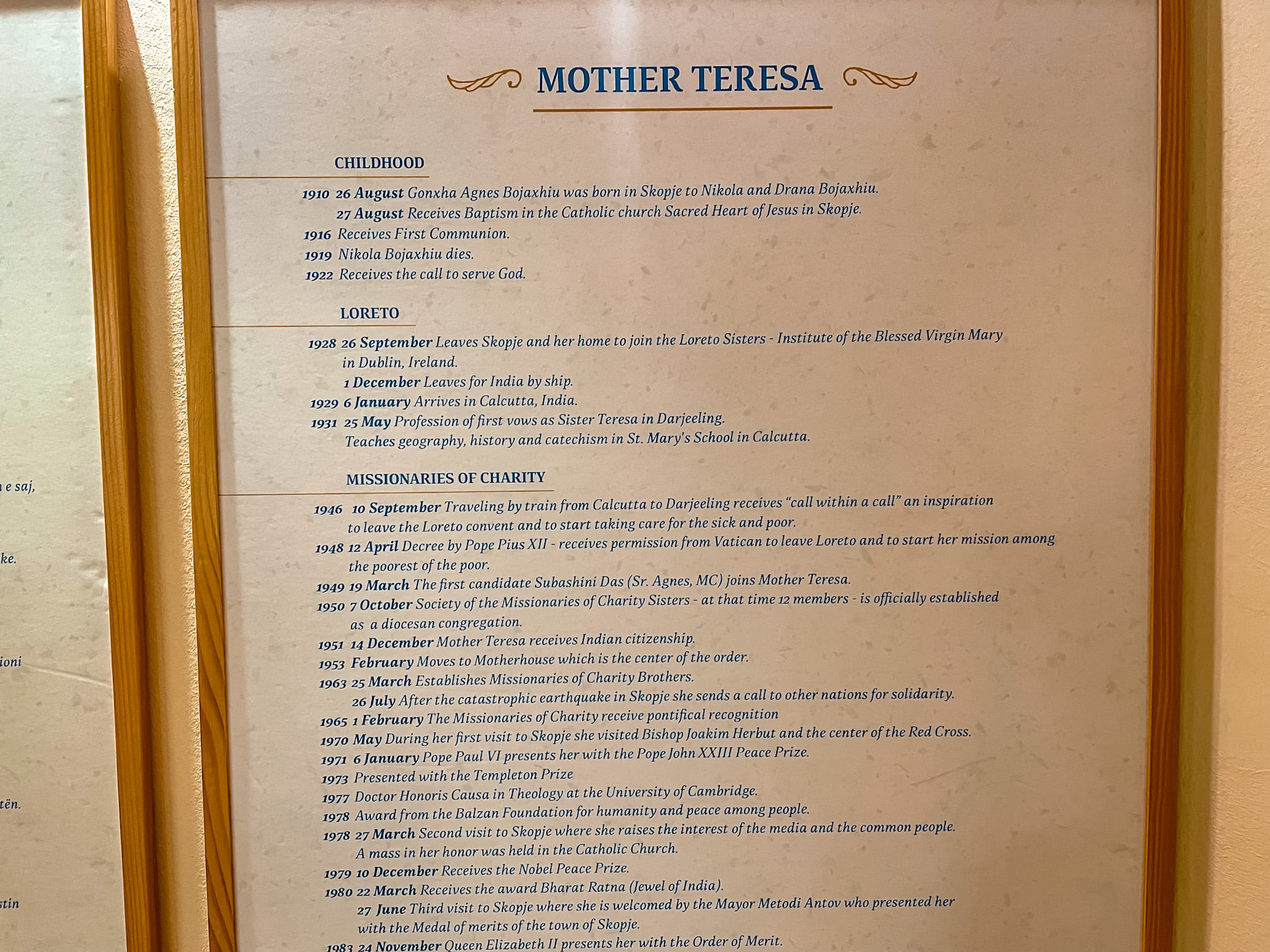Hello Skopje, North Macedonia
Hello Skopje, North Macedonia. Ok, I know I keep saying I did not expect these cities to look like they do, but honestly, most of these places we have been to the past 2 months I didn't even know existed because I never really gave it a thought. I may have heard the names mentioned but knew little about the country and region. Of course, we all know about the US, UK, Paris, etc but these Southeastern European countries are not really places most of us know off the top of our heads. And it's interesting and fascinating.

I truly only learned about the Balkans when we spent 3 months in Turkey and I would watch the news there. Then I became interested and started researching. And here I am, in another city that I would not have thought of visiting before last year. And it is another wow, I did not expect it to look like this. The boys and I are learning and growing every single day and I am so appreciative of these experiences.
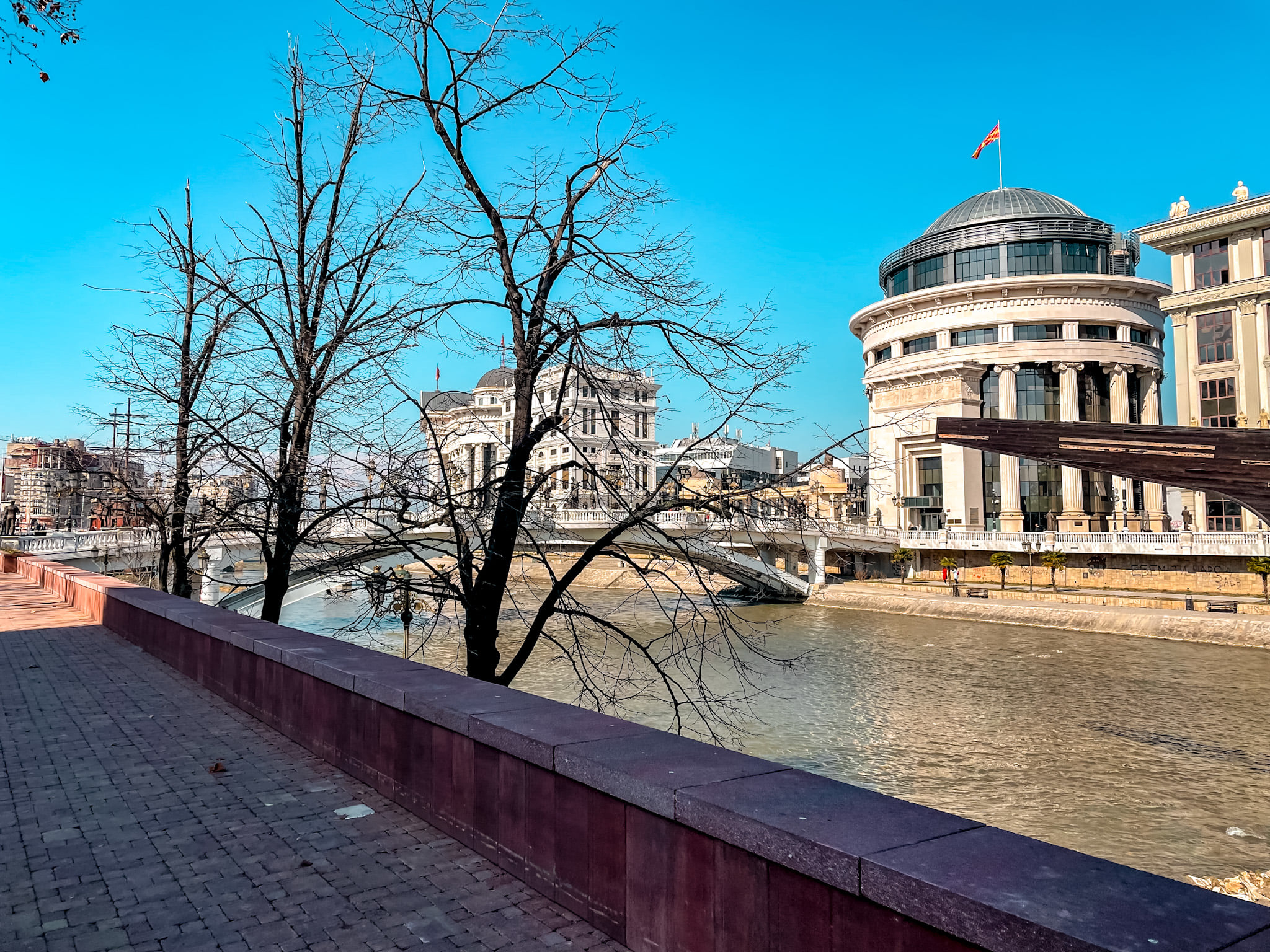
Skopje is the capital and largest city of North Macedonia, sitting on the Vardar River, with a long history that stretches from ancient Paeonian and Roman times through the Byzantine and Ottoman empires, Yugoslavia, and finally independence in the early 1990s.
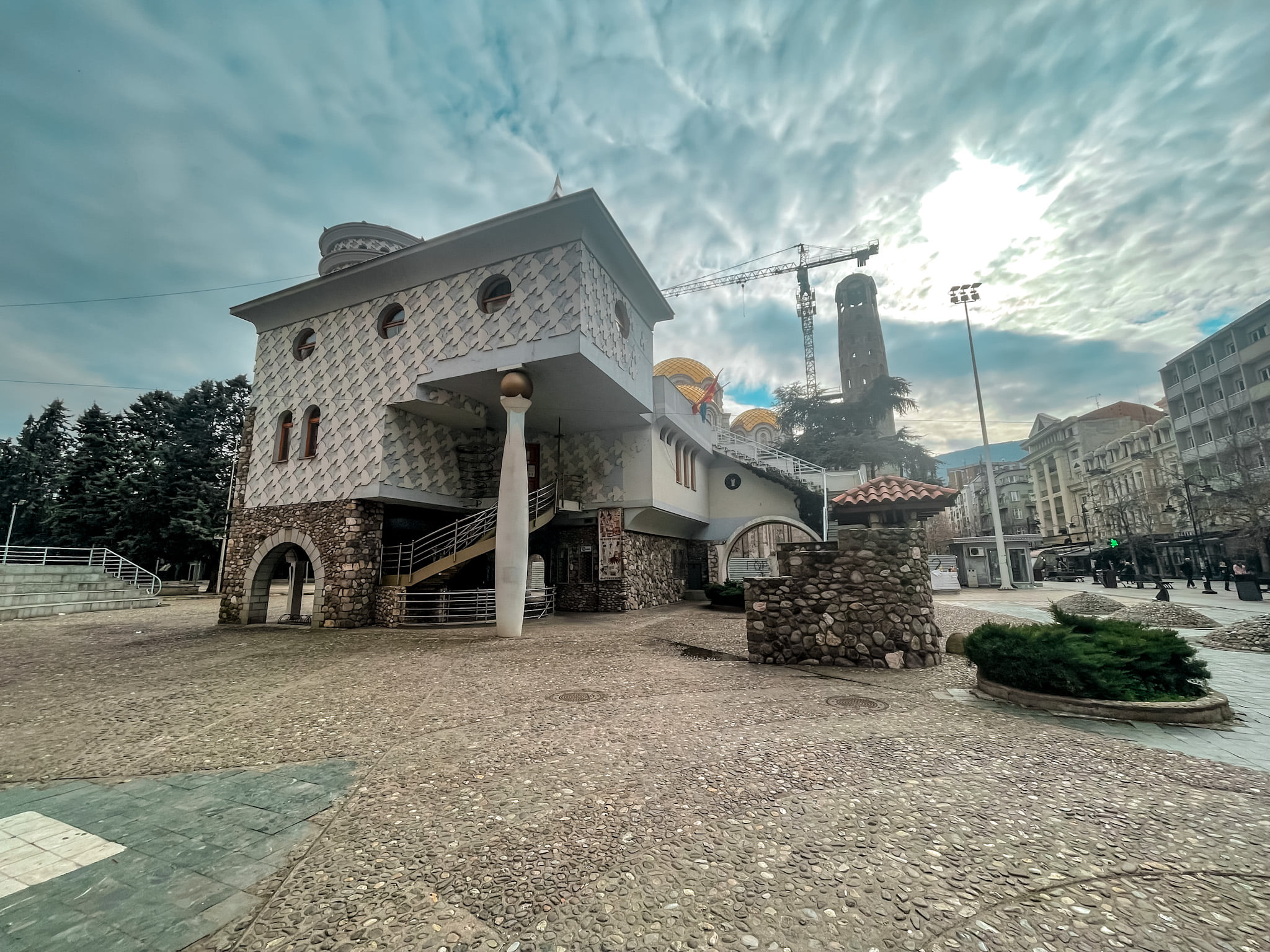
First Steps in Skopje: Memorial House of Mother Teresa
We visited the Memorial House of Mother Teresa. The desire to pay respect to Skopje’s most famous person and the only Nobel Peace Prize winner from Macedonia culminated in the realization of a long-standing vision - building a Memorial House for Mother Teresa.
The Mother Teresa Memorial House is a modern, glass-and-concrete museum built on the site of the former Sacred Heart of Jesus Catholic church where she was baptized. It opened in 2009 and is dedicated to her life and work, full of photographs, letters, personal items, and a small chapel upstairs. Practical bits:
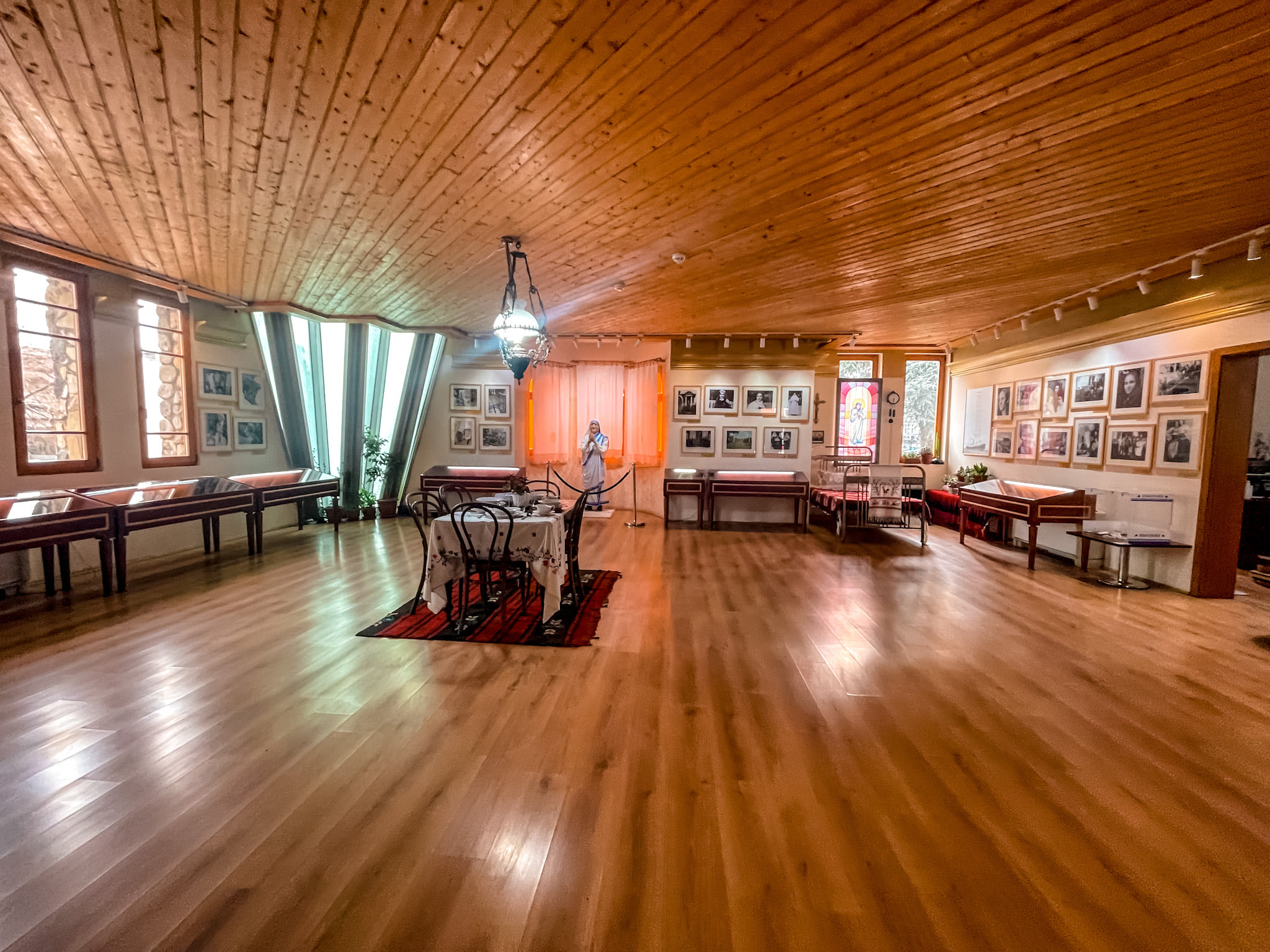
- It’s located right off Macedonia Street, a short walk from Macedonia Square.
- Entry is usually free, and opening hours are generous on weekdays (always double-check current times).
If you’re worldschooling or traveling with kids, it’s an easy way to connect a world-famous name (Mother Teresa) to a real city, a real neighborhood, and a real, complicated region.
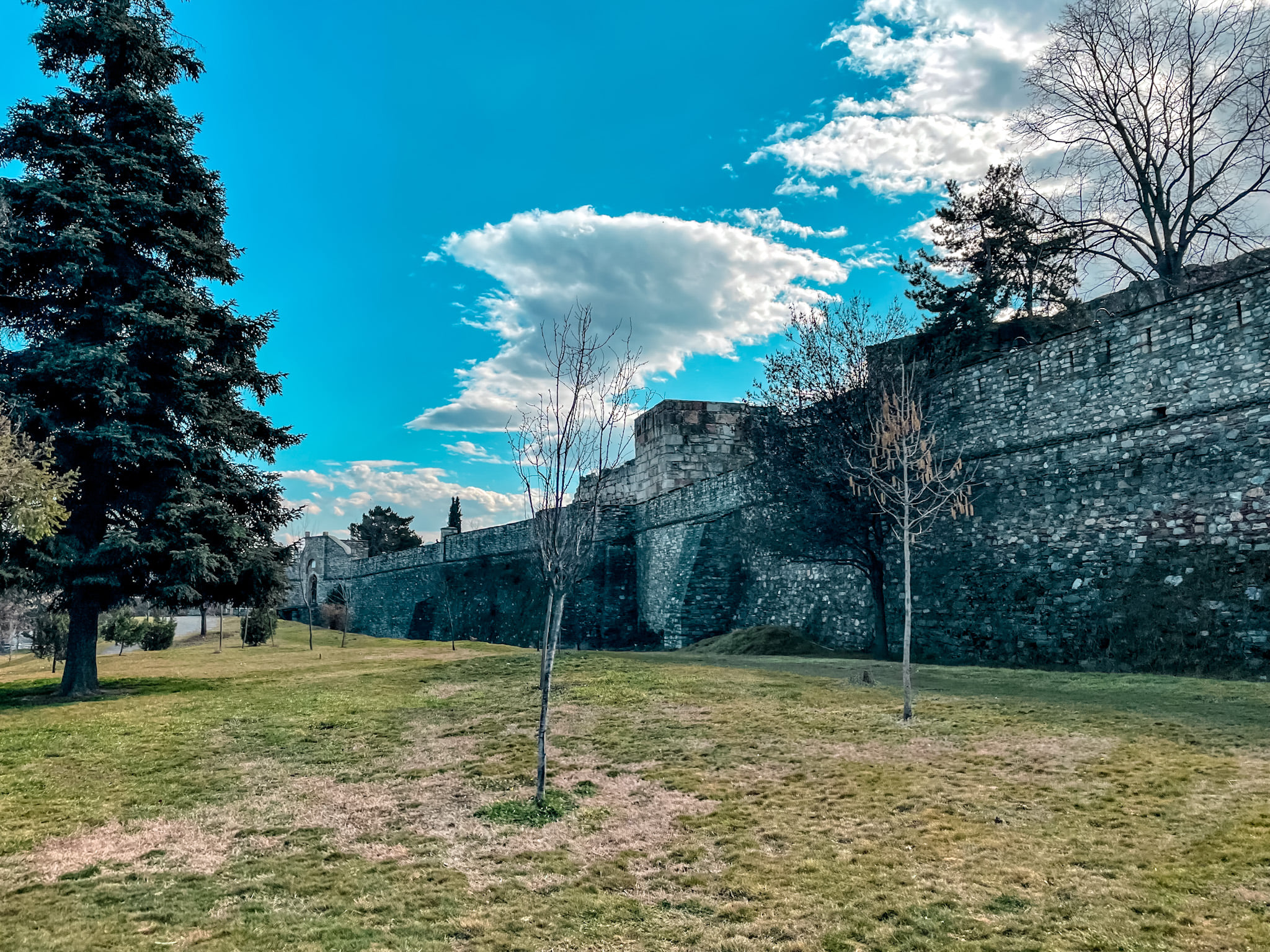
Learning the Balkans Story
Walked around the city exploring and enjoying the beautiful day. I am learning so much about the history of these Balkan countries, most of which I won't go into on social media, especially while still here but it is so interesting and intertwined.
Skopje, and North Macedonia in general, sits at a crossroads:
- Ancient Scupi and later Skopje were important in Roman and Byzantine times.
- The city was part of the Ottoman Empire for centuries, which you still see in the mosques, old inns, and the Old Bazaar.
- It was later part of Yugoslavia, and after Yugoslavia broke up, the country declared independence as “the Republic of Macedonia” in 1991.
- After a long naming dispute with Greece, it officially became “North Macedonia” in 2019 under the Prespa Agreement.
You feel all those layers walking around: Ottoman bazaar one minute, socialist-era blocks and earthquake memorials the next, and then a city center full of brand-new neo-classical facades and giant statues.
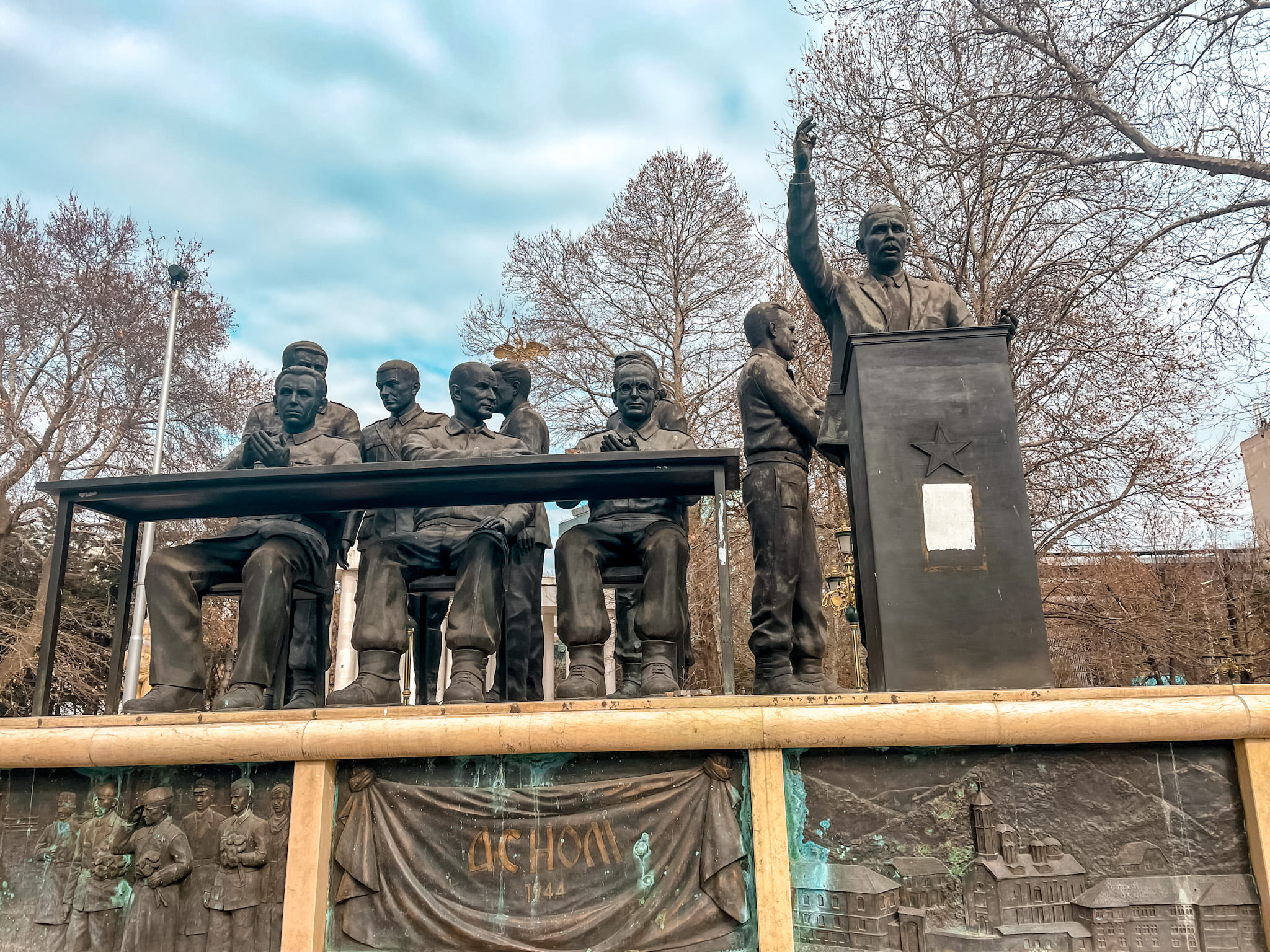
So. Many. Statues. (Skopje 2014 Project)
So many statues. And they are so huge! Walk around the city and you'll see well more than 100 statues. This was the government's grand idea to give the country a face lift to attract tourists. That of course didn't go over too well with some of the citizens spending so much on statues that are, well... But yeah. Statues everywhere 😂 you’ll be hard-pressed to walk down a street without seeing one.
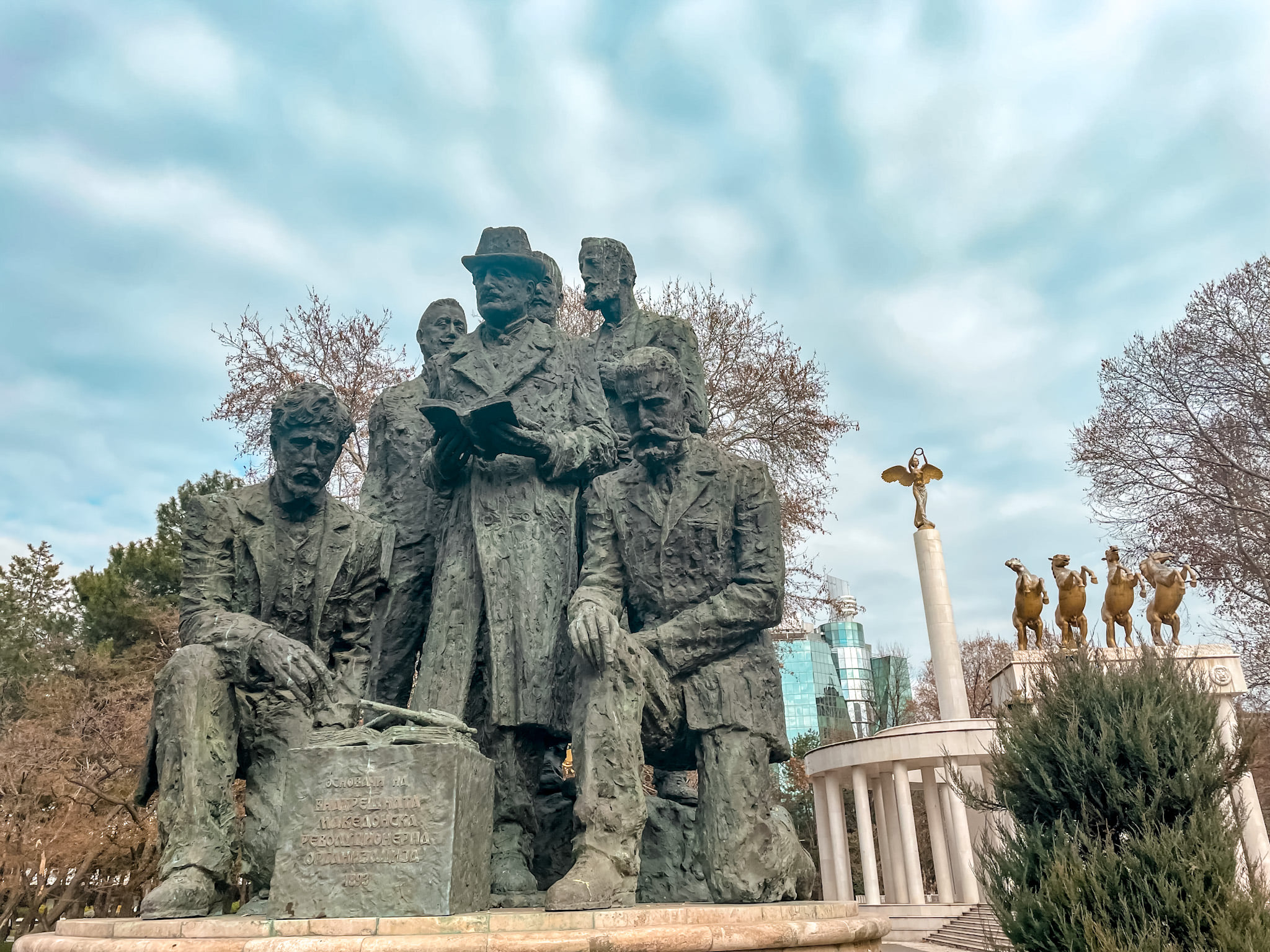
This whole vibe comes from the “Skopje 2014” project, a government plan launched around 2010 to “rebrand” the capital. The project added:
- Dozens of new statues (many of them massive)
- New museums and government buildings with faux-classical facades
- The huge equestrian statue officially called “Warrior on a Horse” (widely understood as Alexander the Great) in Macedonia Square
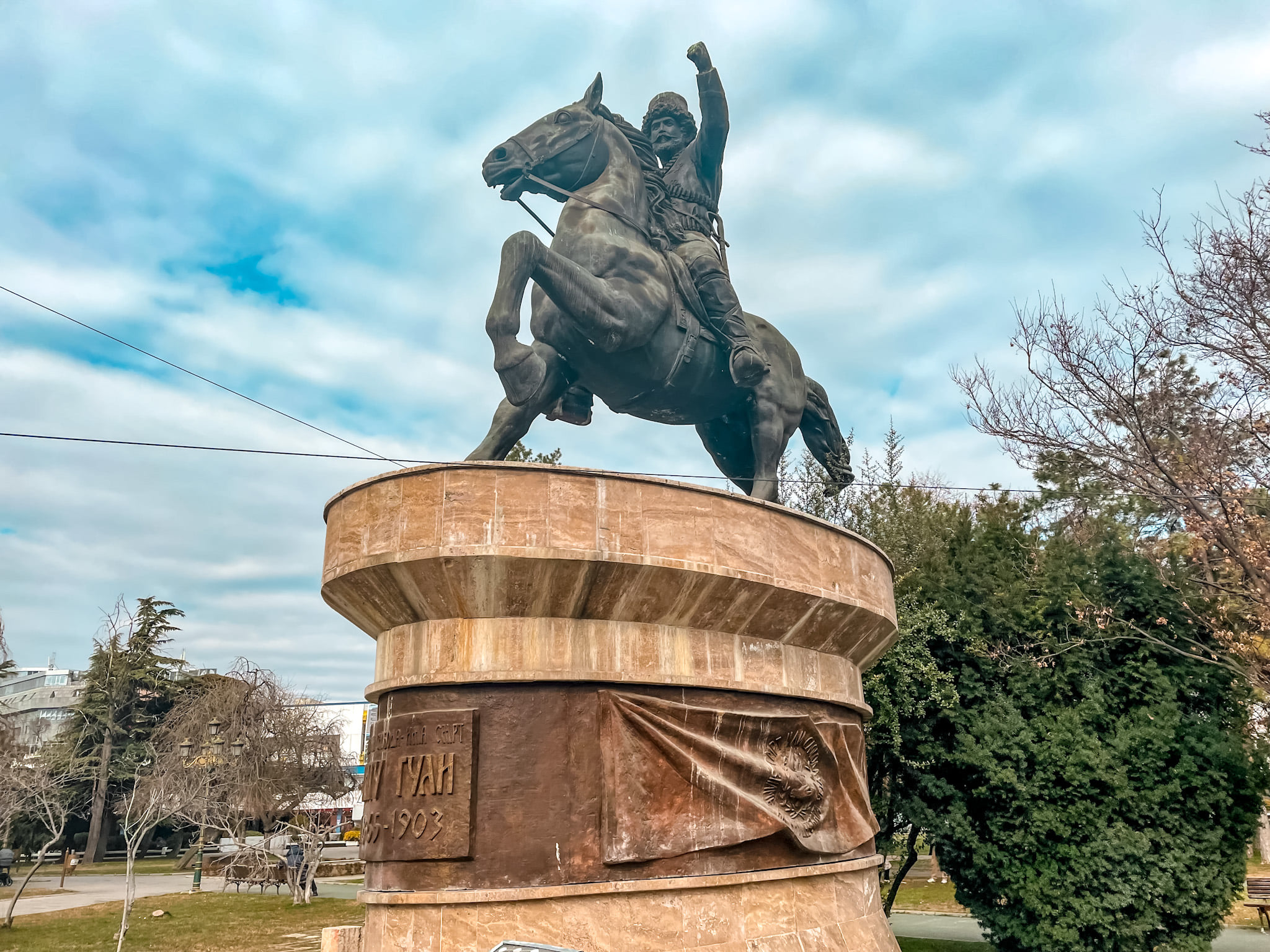
Originally announced at around €80 million, later investigations estimated the real cost somewhere between €500–650+ million, which sparked a lot of controversy in a country with high unemployment and limited public funds.
You don’t need to know all the politics to appreciate Skopje’s center, it just means:
- Expect way more statues and fountains than you thought possible.
- Expect strong opinions if you ask locals what they think of them.
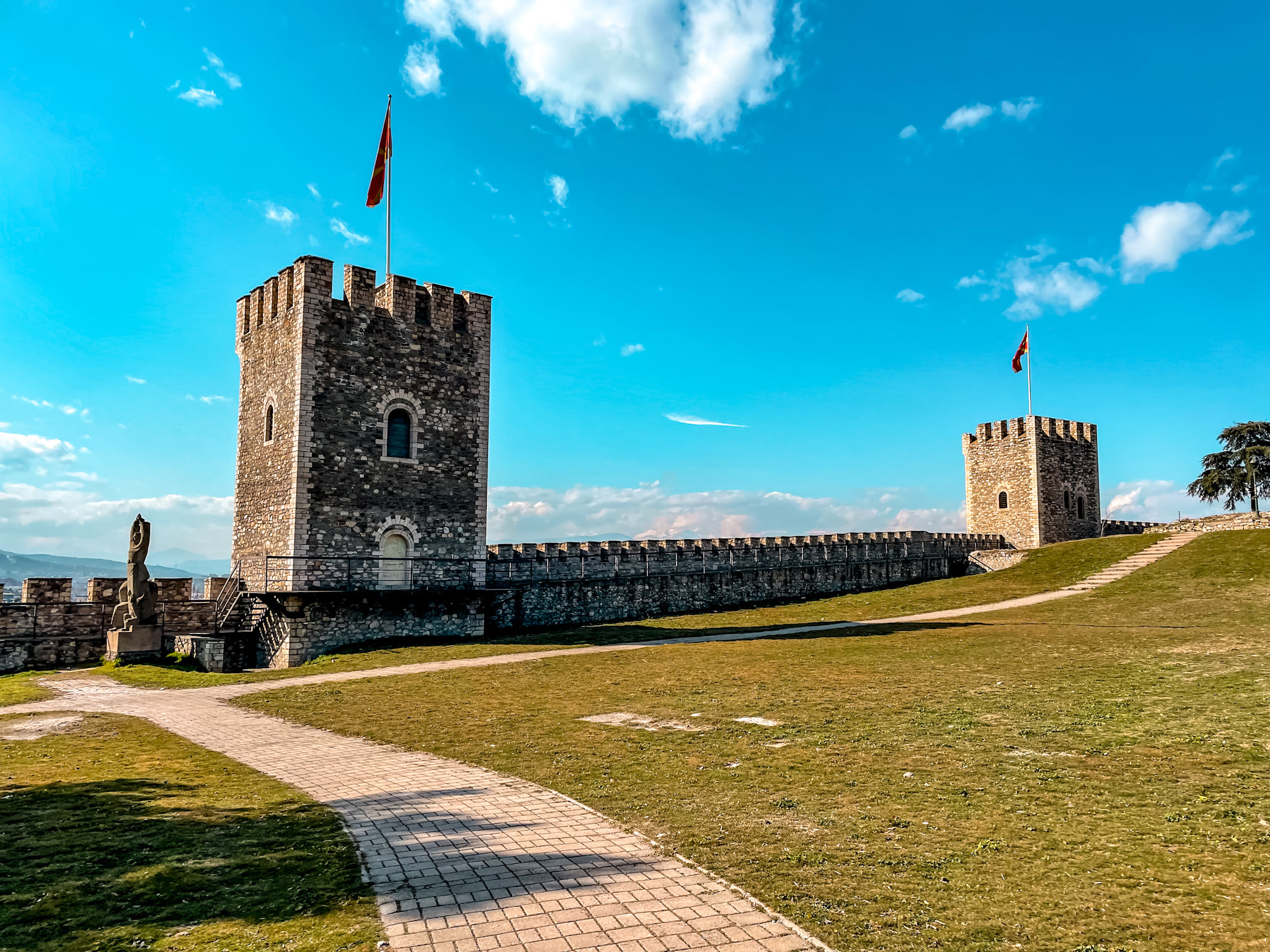
Fortress Kale: Views Over the City
We went to the top of the highest hill in Skopje. Fortress Kale. One of the perks of traveling these Balkan countries during the off-season is there are so much fewer tourists in most places. We basically had the place to ourselves. We did run into another tourist while I was recording a video and got the convo recorded that will be in my YouTube video. It will be worth the watch.
It was such a beautiful day.

Kale Fortress (Skopsko Kale) sits on the highest point in the city, overlooking the Vardar River and the modern center. The current walls and towers date back mainly to the 6th century, built on earlier foundations, and the fortress was a strategic point during the Byzantine, medieval Macedonian, and later Ottoman periods.

Why you should go:
- Free entry (usually).
- Panoramic views over the city, river, and the statue-filled center.
- A great place to get a feel for just how much Skopje has changed over the centuries.
If you come in high season, go early morning or near sunset for softer light and cooler temps.
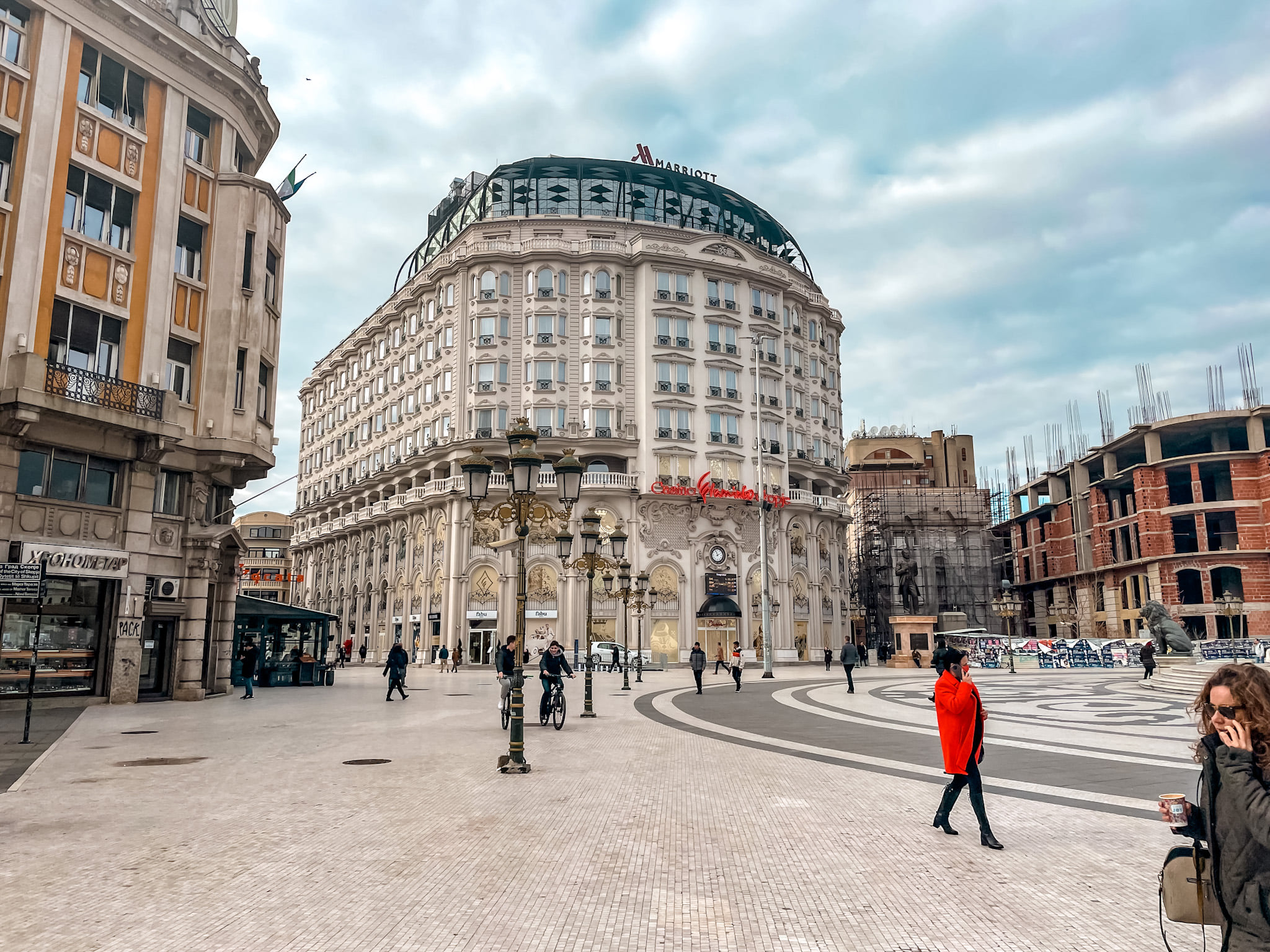
Other Things To Do in Skopje
Even though your notes focused on just a few places, if someone’s visiting Skopje, I’d add these to the must-see list:

1. Macedonia Square & Stone Bridge
- Macedonia Square is the main central square, dominated by that huge “Warrior on a Horse” statue and surrounded by Skopje 2014 buildings.
- From the square, walk across the Stone Bridge (Kamen Most) a historic bridge whose origins go back to the 15th century and which connects the modern center to the Old Bazaar.
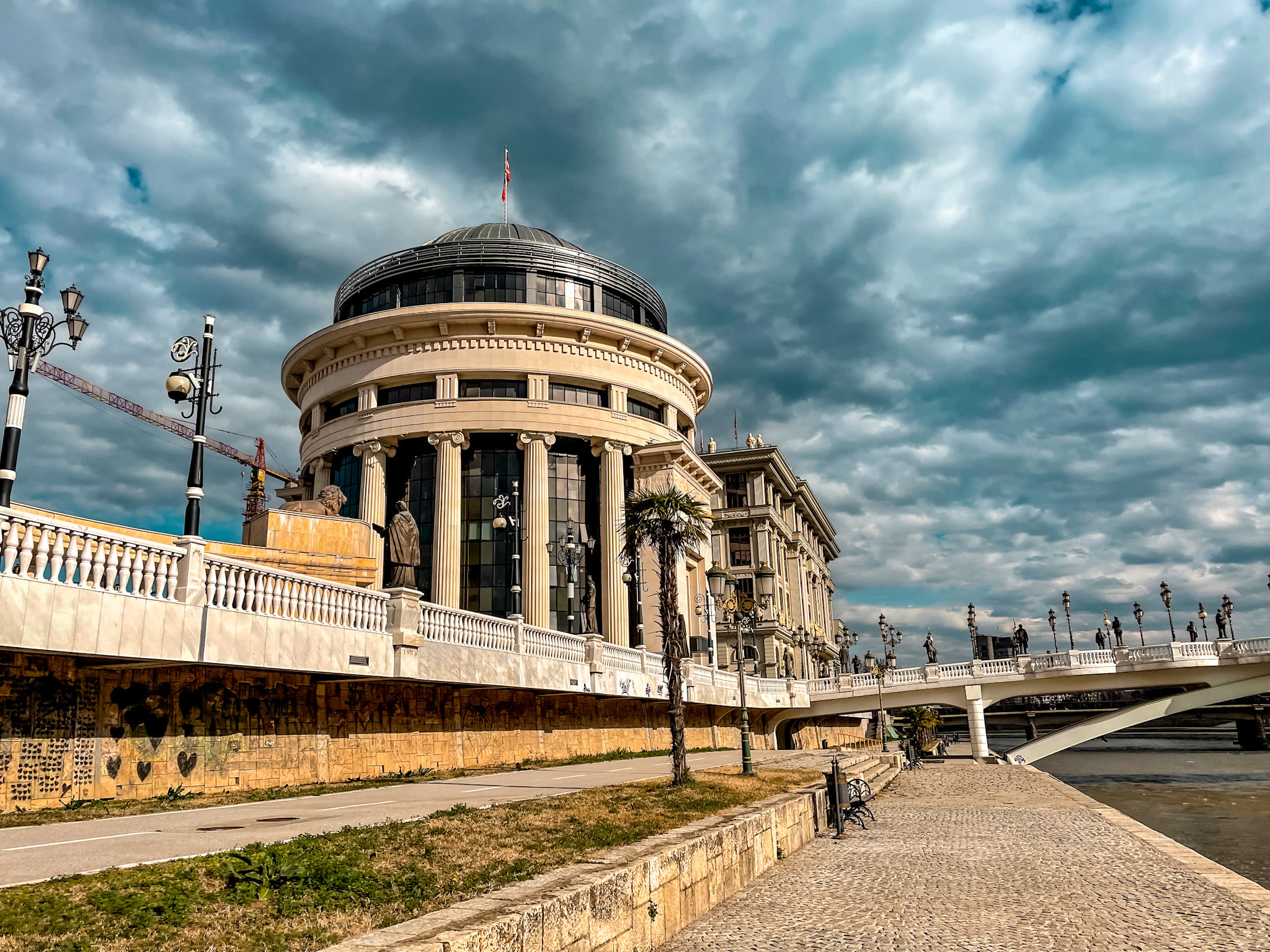
2. Old Bazaar (Stara Čaršija)
On the other side of the Stone Bridge, you step into the Old Bazaar, one of the largest and most atmospheric Ottoman-era bazaars in the Balkans. Think:
- Cobbled lanes
- Old mosques and hammams (baths)
- Traditional inns (hans) like Kapan Han and Suli Han
- Tea, coffee, dessert shops and little restaurants serving Balkan and Turkish-inspired dishes
Great place to wander, buy small souvenirs, and soak up Ottoman-era Skopje.
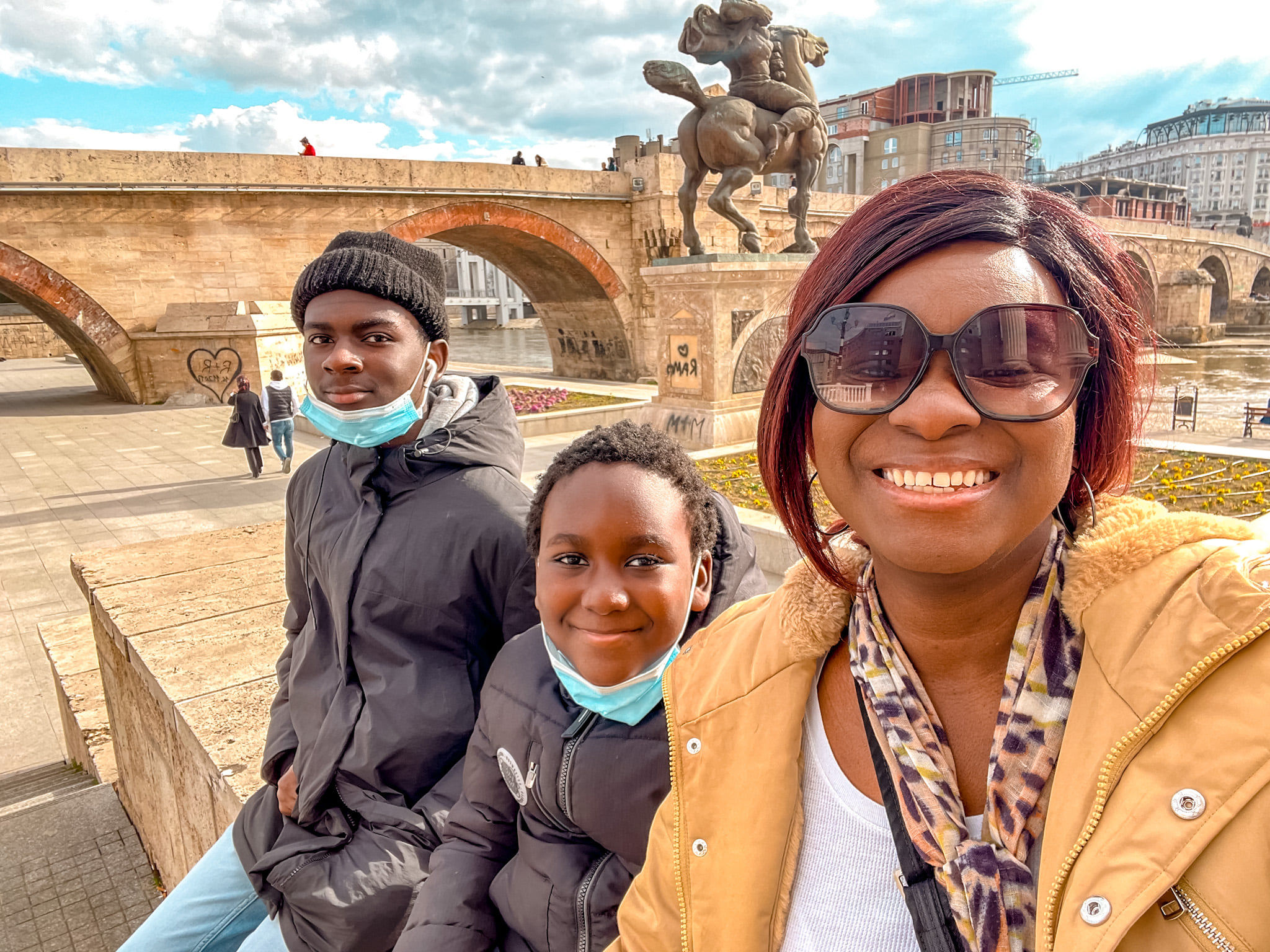
3. Museums
Beyond the Mother Teresa Memorial House, consider:
- Museum of the City of Skopje - includes a section on the devastating 1963 earthquake that destroyed much of the city.
- Museum of the Macedonian Struggle - themed around Macedonian history and independence narratives.
- Archaeological Museum of North Macedonia - packed with artifacts from prehistory through classical and medieval times.
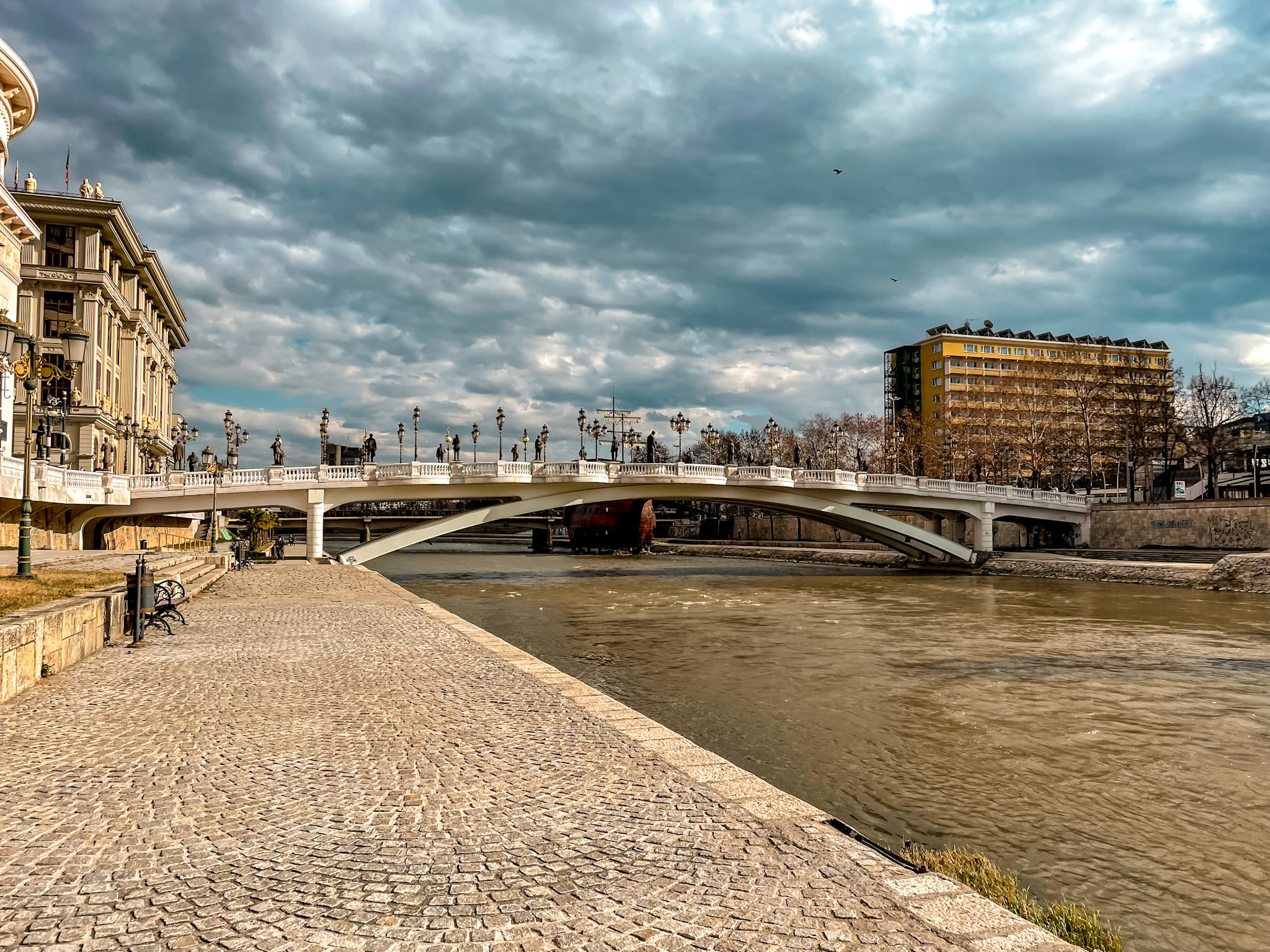
4. City Park & Neighborhood Wandering
Skopje has a large City Park where locals walk, jog, take kids to the playground, and hang at cafes. Grab a coffee, let kids run if you’re traveling with them, and just people-watch.
5. Day Trip to Matka Canyon
If you have a free day, Matka Canyon is the classic Skopje day trip:
- About 30–40 minutes from the center by taxi or bus
- Hiking trails, boat rides, kayaking on the emerald-green lake
- The chance to visit caves like Vrelo Cave
Perfect reset if you’ve been in cities for a while.

Practical Tips for Visiting Skopje
Money & Costs
- Currency: North Macedonia uses the Macedonian denar (MKD), not the euro.
- ATMs are common in the city center.
- Cards are widely accepted in modern cafes, restaurants, and supermarkets, but smaller kiosks and older places may prefer cash.
Exchange rates change daily, but roughly:
- 1 USD ≈ 50–55 MKD (check a live converter before you go).
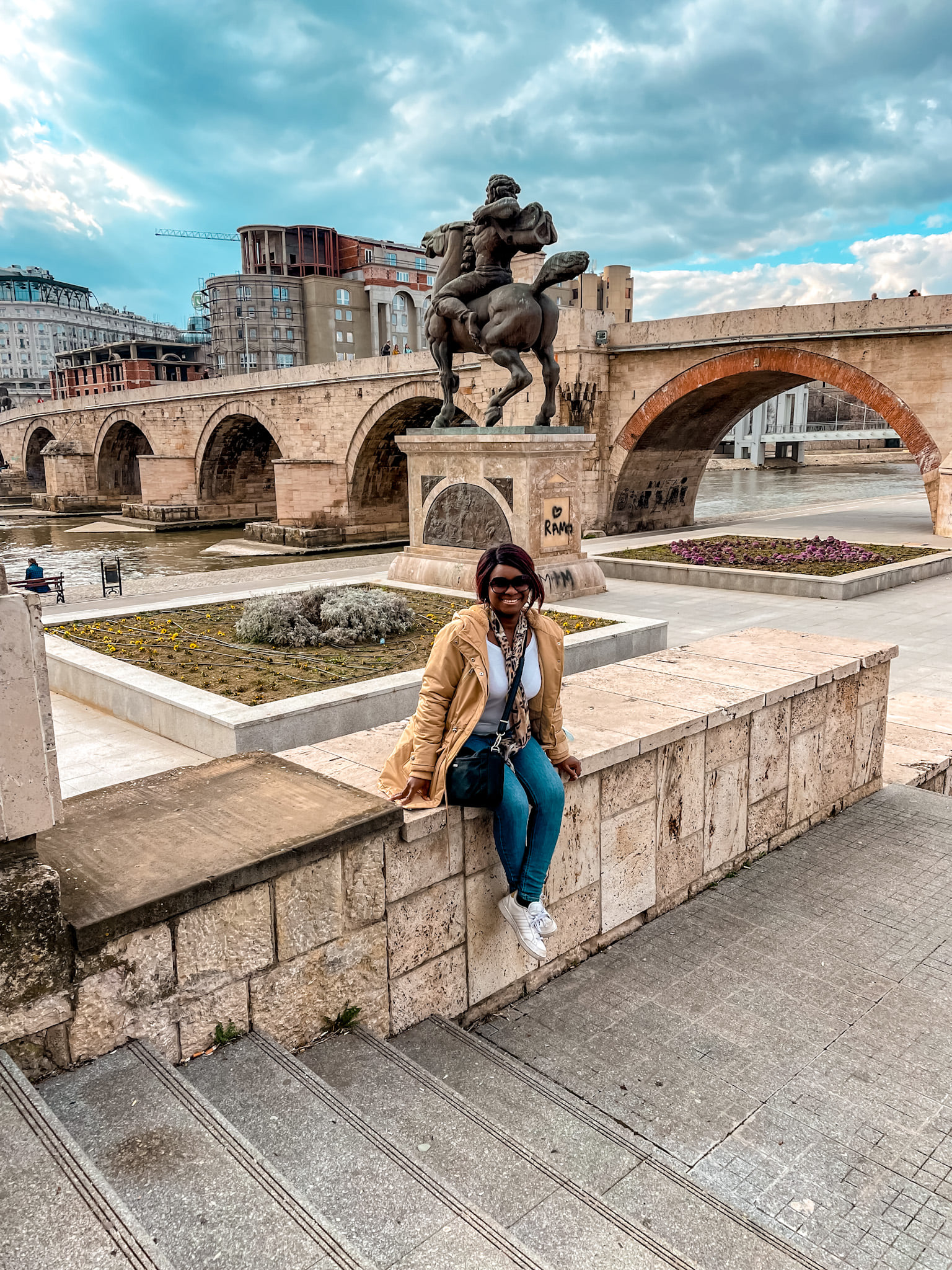
Visas & Entry
For U.S. citizens (and many other nationalities):
- Valid passport required.
- No visa needed for tourist or business trips of less than 90 days within a 6-month period.
- If you plan to work, study, or stay longer than 90 days, you’ll need the proper visa or residence permit.
Always double-check requirements before your trip as rules can change.
Language
- Official language: Macedonian (Cyrillic script); Albanian is also widely used, especially in some neighborhoods and municipalities.
- Many younger people and people in tourism speak at least basic English.
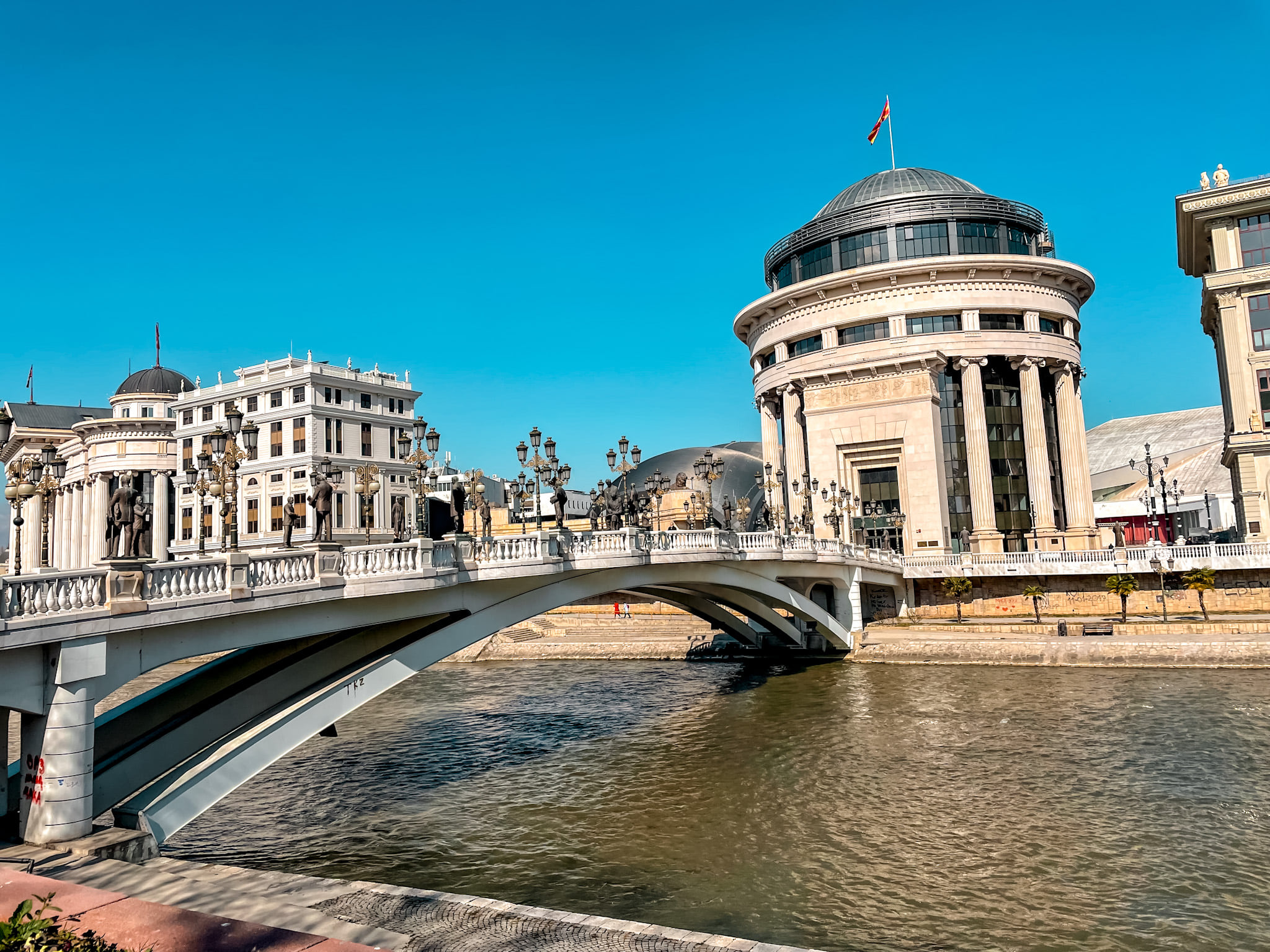
Safety
Skopje is generally considered safe for travelers, with typical city issues like pickpocketing in crowded areas.
Common-sense tips:
- Watch your bag around bus stations and packed streets.
- Be aware of traffic when crossing; drivers can be assertive.
When to Visit
Skopje has a continental climate. Hot, often dry summers and cold winters.
- Summer (June–August): hot, can hit 35–40°C (95–104°F); great for evening strolls but intense midday heat.
- Spring & autumn: mild and pleasant, ideal for city walks and day trips.
- Winter: cold, often around or below freezing; can be snowy but atmospheric.
You came in the off-season, which meant quieter streets and having places like Fortress Kale almost to yourselves, huge win if you prefer fewer crowds.
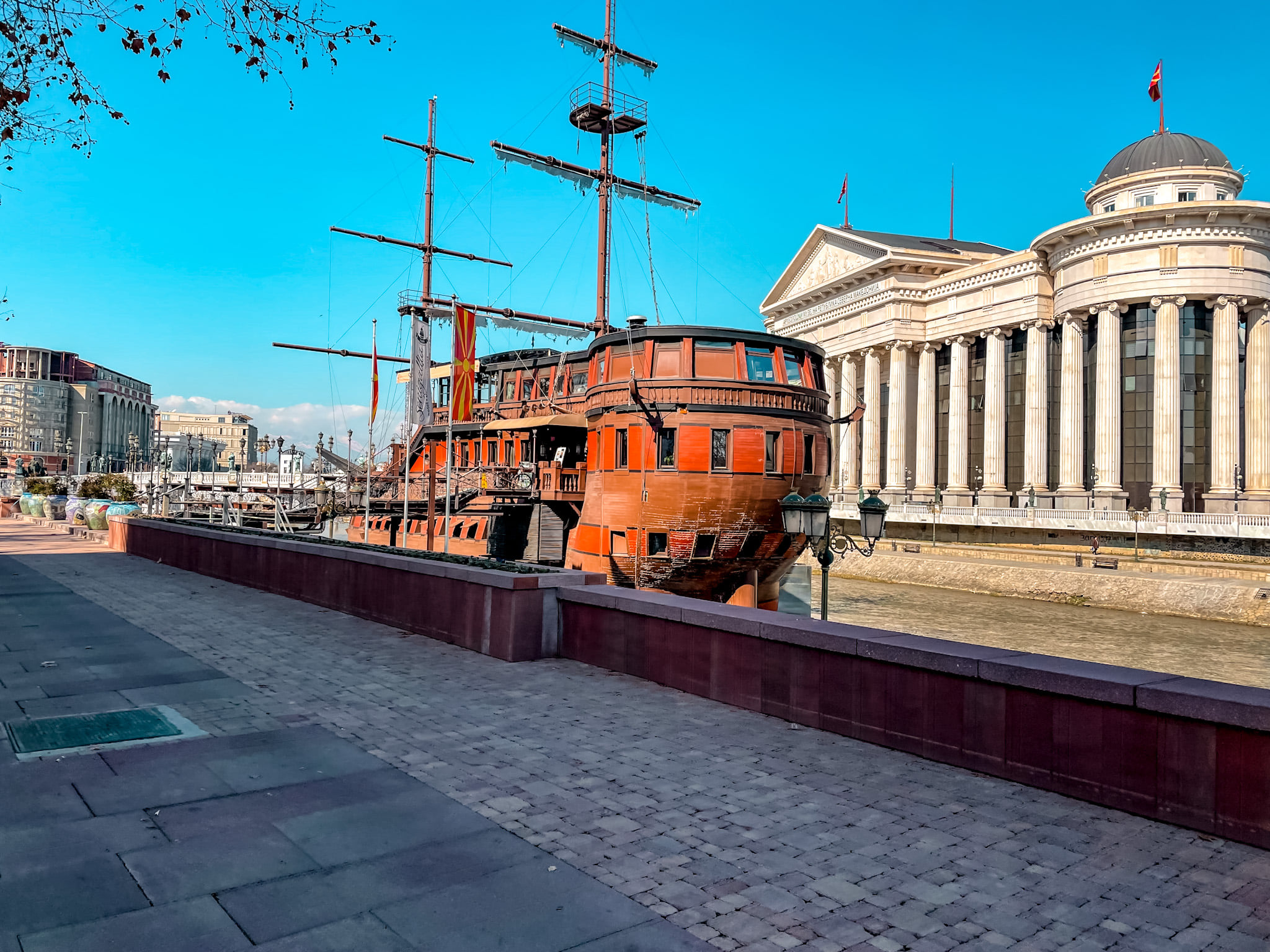
Getting Around
- Skopje has a small international airport with bus and taxi connections to the city.
- Inside the city, you’ll mostly walk between central sights (Macedonia Square, Stone Bridge, Old Bazaar, Mother Teresa House).
- There’s an inexpensive local bus network and plenty of taxis for longer hops or to reach Matka Canyon.
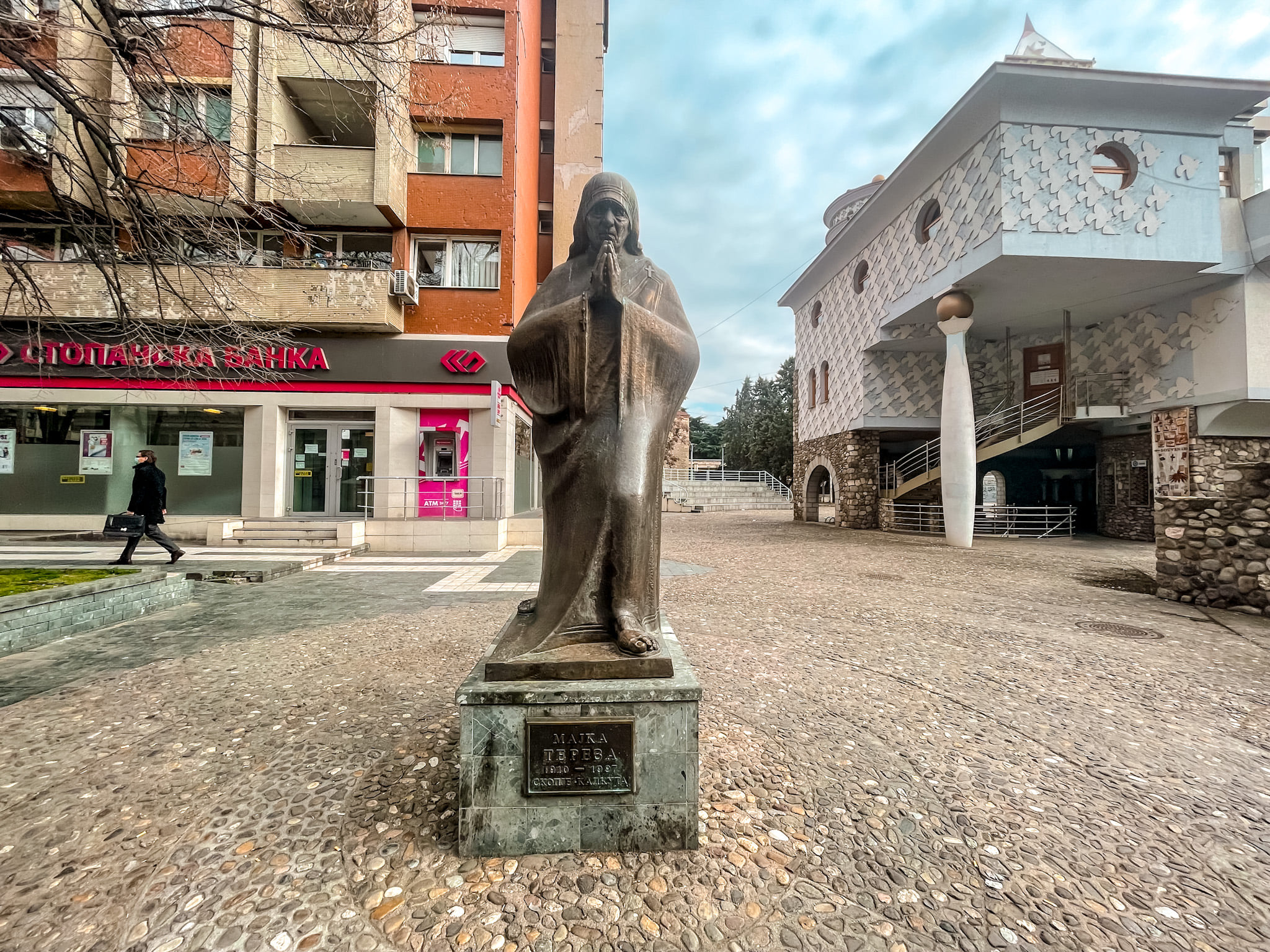
Final Thoughts: Skopje as a “Wow, I Didn’t Expect This” City
Skopje is one of those cities that doesn’t fit neatly into one box.
You’ve got:
- A young capital with student energy and coffee culture
- An Old Bazaar that feels like a slice of Ottoman history
- A city center that looks like someone ordered “one of every statue, please”
- A fortress watching all of it from the hilltop
- And a quiet little museum honoring a girl from this city who went on to become Mother Teresa
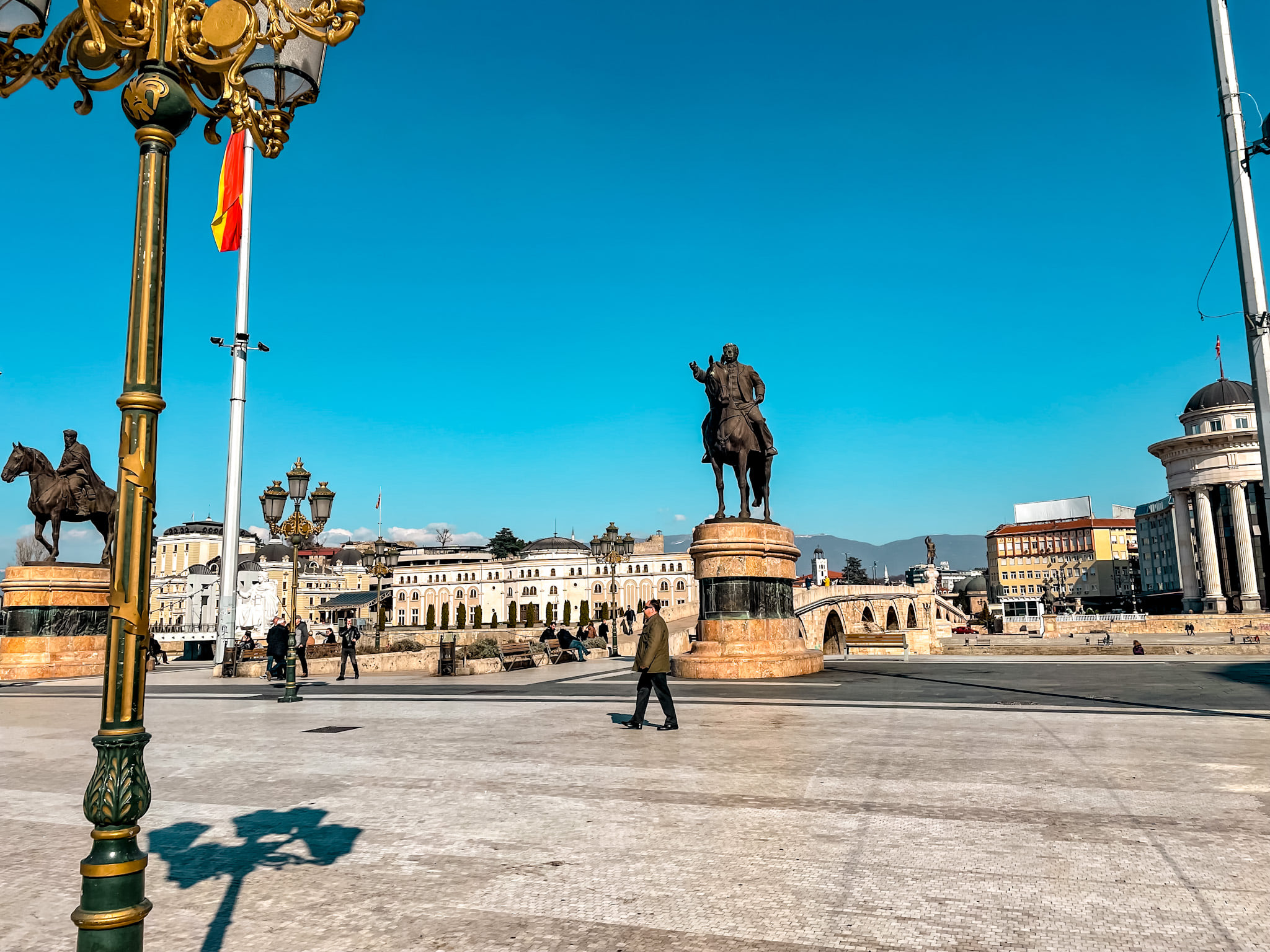
For a lot of travelers, Skopje is a “wow, I did not expect it to look like this” place, and that’s exactly why it’s worth a stop.
If someone is thinking about visiting after reading this, they now know what to expect, what to see, and how to make sense of all those statues, flags, and monuments. And like you, they might just leave a little more curious, and a little more in love with the Balkans, than when they arrived.
